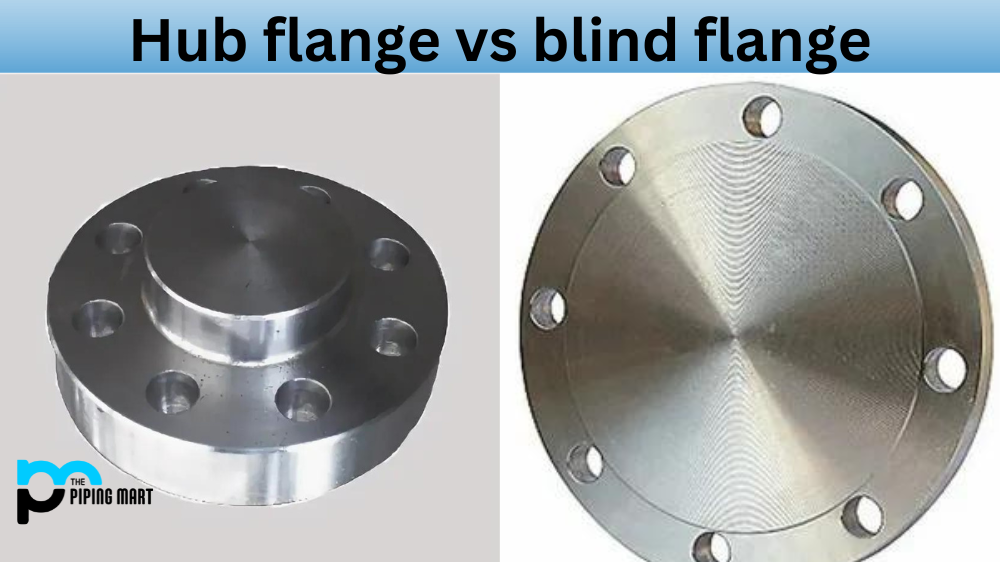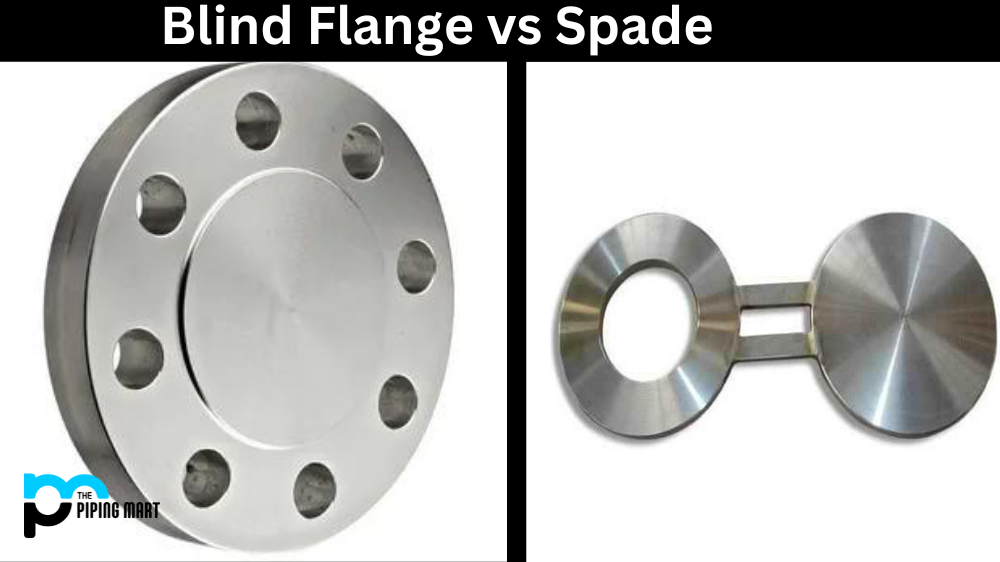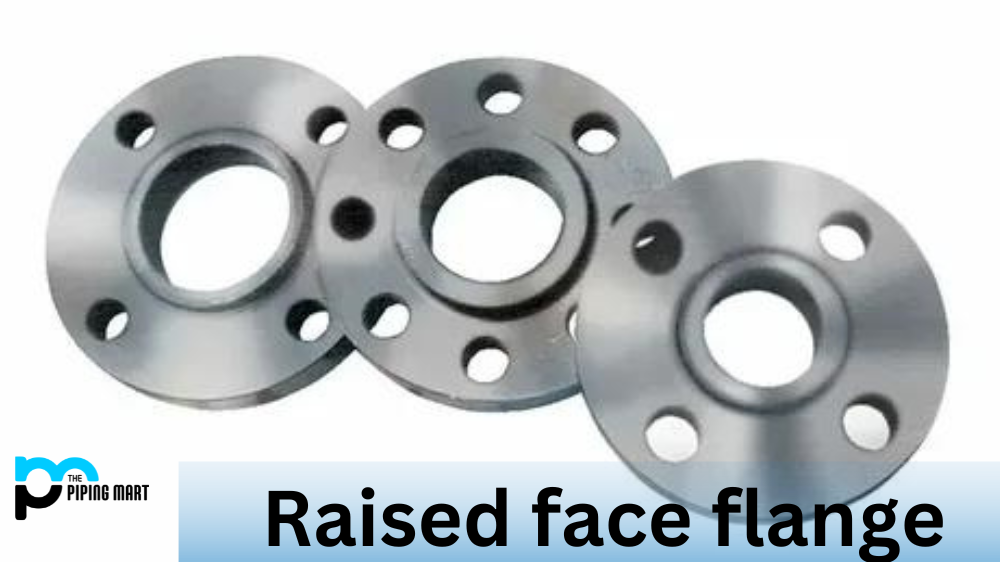Ever wondered about the difference between a hub flange and a blind flange? These two types of flanges are often used interchangeably in various applications, but they have distinct differences that set them apart from one another. This blog post will cover the definitions of hub flanges and blind flanges and their key differences.
What is Hub Flange?
A hub flange is a specific type of pipe fitting distinguished by an internal bore extending beyond the pipe’s face. It connects two sections of piping or provides structural reinforcement to the end of a pipe. Typically crafted from materials like stainless steel, carbon steel, aluminium, or brass, these flanges are available in various sizes to accommodate different pipe dimensions. One notable advantage of hub flanges is their straightforward installation process, requiring only bolts and nuts for connection without needing welding or specialized tools. This characteristic makes them particularly suitable for rapid assembly and disassembly applications.
What is Blind Flange?
A blind flange is a flat plate with mounting holes around its perimeter that seal off a pipeline system’s end. It both seals off the end of an open line and provides structural support for the pipe system at that location. Blind flanges are typically made from stainless steel, carbon steel or other metals, depending on their application requirements. They usually come in two halves which can be bolted together when required.
Difference between Hub Flanges & Blind Flanges
The main difference between hub flanges and blind flanges lies in their design: while a hub flange has an internal bore extending beyond its face, a blind flange does not have any such bore but seals off an open line when mounted onto it with bolts. This makes them ideal for different applications depending on your specific needs. If you need something that can be quickly assembled and disassembled, then hub flanges are more suitable, whereas if you need something to seal off an open line, then blind flanges should do the job perfectly.
- Hub flanges are used to connect pipes together, while blind flanges are used to block off the end of a pipe.
- Hub flanges have a raised section in the middle that allows them to be attached to a pipe, while blind flanges do not have this raised section.
- Hub flanges are available in various sizes, while blind flanges are typically only available in one size.
- Hub flanges are typically made from cast iron or steel, while blind flanges can be made from various materials.
- Hub flanges are usually used in low-pressure applications, while blind flanges can be used in high-pressure applications.
- Hub flanges are typically less expensive than blind flanges.
Conclusion:
In conclusion, there are some key differences between hub and blind flanges regarding how they work in various applications. Both types serve important purposes depending on what you need—hub flanges allow for easy assembly and disassembly, while blind flanges serve mainly to seal off open lines—so it’s essential to understand these differences before making your purchase decision. We hope this blog post has helped clarify some things about these two types of pipe fittings!
Meet Heer, a dynamic and driven writer learning tricks of her trade in the metal industry. With a background in Digital Marketing, Heer brings a unique perspective to her writing, sharing valuable insights. Apart from blogging she like reading and hiking.




